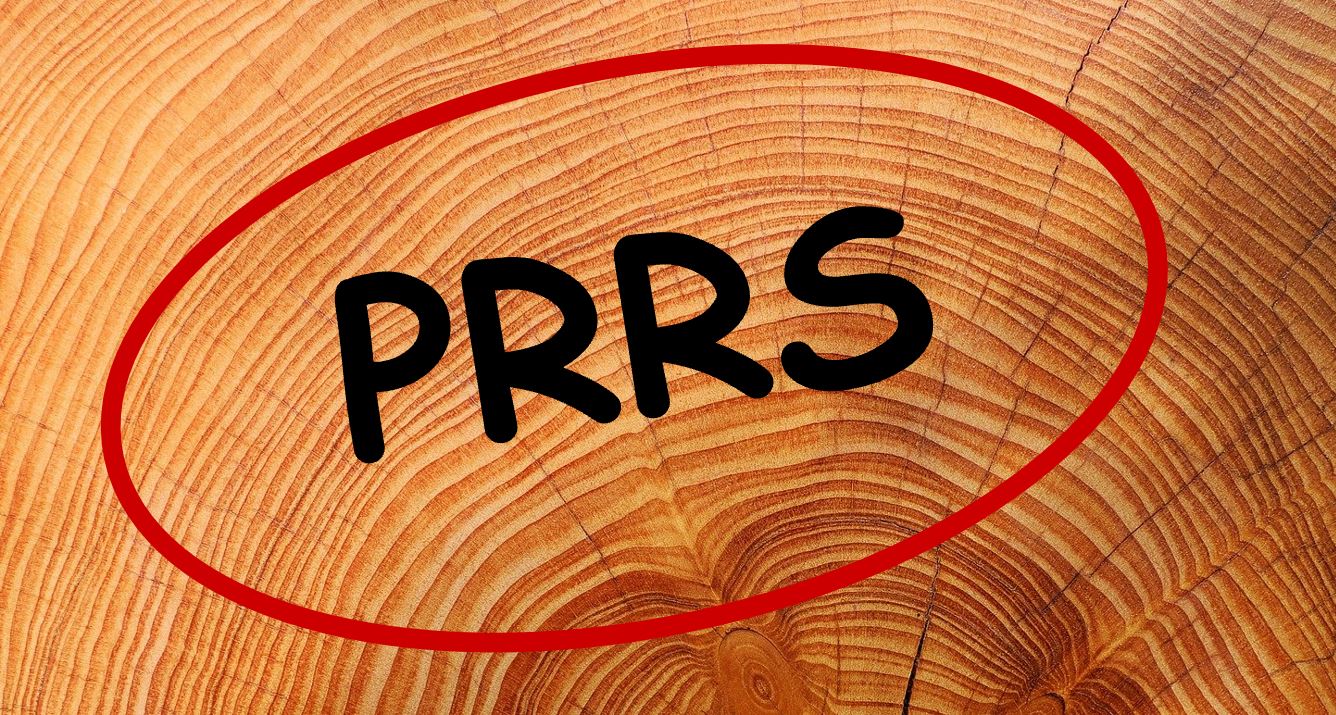



Understanding PRRS 1-4-4
The US swine industry is battling a tough strain of PRRS virus that behaves differently from other strains
It is an unusual strain because infections peak in spring/summer, as well as fall/winter months, compared to other strains that typically only peak in fall/winter months. However, the US National Pork Board says pork producers have the prevention tools to combat the pathogen and prevent spread, including biosecurity and research.
For the October Pork Checkoff producer webinar, animal health experts presented guidance, biosecurity considerations and recent research on PRRS. Speakers included:
- Pat Bane, Illinois pork producer, National Pork Board Member
- Dr. Cesar Corzo, associate professor, University of Minnesota College of Veterinary Medicine
- Dr. Lisa Becton, director of animal health, National Pork Board
- Dr. Scott Dee, director of research, Pipestone Applied Research
PRRS is a disease characterized by two overlapping clinical presentations: reproductive impairment or failure and respiratory disease in pigs of any age. PRRS is a worldwide concern, including in the U.S. The virus spreads by nasal secretions, saliva, feces and urine, and it `can be airborne for up to two miles.
How is this strain different? Behavior of PRRS 1-4-4 Lineage 1C
The MSHMP, founded in 2011 at the University of Minnesota, is designed to take real production data and analyze it to get a better understanding of current disease threats from PRRS and other illnesses. Its work is funded through Swine Health Information Center, an ongoing global swine disease monitoring initiative underwritten by the Pork Checkoff.
MSHMP conducted a project that collected data from 284 farms to discover transmission routes of PRRS 1-4-4 Lineage C, and the results were inconclusive.
Dr. Cesar Corzo says there were simultaneous outbreaks in different areas — and at varying times. He also says PRRS epidemics generally begin at the same time in the fall. However, this variant is different with an additional spring/summer 2021 transmission.
While locations or state information were not available for 14% of cases researched by the project, the PRRS 1-4-4 Lineage 1C variant has been detected in Minnesota, Iowa, Illinois, South Dakota and Wisconsin. Of those documented locations, 81% were in Minnesota and Iowa.
PRRS 1-4-4 Lineage 1C does not discriminate, it hit breeding and growing herds, along with filtered farms and even highly biosecure multiplier sites. It has hit vaccinated and non-vaccinated herds.
Despite the differences, MSHMP research says the strain is controllable with consistent and strict biosecurity efforts.

Important Biosecurity Steps to Prevent the Spread of PRRS
- Winterize barns to minimize temperature swings and mitigate temperature stress on animals.
- Ensure heaters, fans, curtains are all in working condition
- Manage manure handling practices and be aware of where manure is applied and if people (contractors or animal handlers) are crossing that ground
- Understand that traveling guns can aerosolize liquid manure
- Spraying too close to a barn can transmit disease
- Manage a strict line of separation inside and outside the farm. Disease transmission could occur through personnel/equipment movements.
- Establish protocols for downtime/tracking of people and equipment
- Park equipment offsite for downtime
- Wear disposable boots when within 20-30 feet of barn
- Clean and disinfect equipment including hoses, reels, tractors, vehicles or ATC’s – anything used on the farm
- Remove organic material – disinfection only works on clean surfaces
- Follow labels for disinfectant on people and equipment






